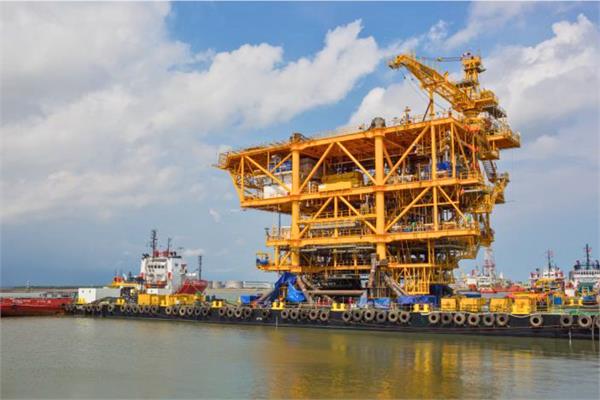
Cortec’s Vapor Phase Corrosion Inhibitors (VpCIs) provide flexibility and efficiency for oil and gas companies seeking effective anticorrosive solutions.
The offshore oil and gas market is notorious for its unpredictability, with frequent fluctuations necessitating adaptable and low-maintenance corrosion solutions to protect infrastructure. Cortec® Corporation meets this challenge with cutting-edge technologies specifically designed to safeguard both topside and subsea piping and pipelines, ensuring robust protection against corrosion in the ever-changing offshore environment.
The integrity and longevity of offshore production heavily rely on effective corrosion protection. Topside systems, including water injection, gas piping, and crude oil lines, require comprehensive preservation strategies. Similarly, subsea infrastructures, such as gas lift lines and crude oil pipelines, demand effective corrosion prevention, particularly during extended preservation periods caused by market delays.
Cortec’s Vapor Phase Corrosion Inhibitors
offer a versatile and efficient method for protecting offshore infrastructures. These inhibitors vaporize and disperse throughout enclosed spaces, creating a self-replenishing protective layer on metal surfaces. Unlike traditional methods, VpCIs do not require constant pressure maintenance or frequent monitoring. They can be integrated into fluids, oils, or directly fogged into enclosures, typically requiring minimal removal before commissioning.
Applications for Offshore Protection
Cortec® offers several solutions for applying VpCIs to offshore systems:
- Short-term Subsea Pipeline Protection: EcoPouches containing VpCIs are used to blow vapours through pipelines until detected at the other end, then sealed to trap the vapours inside.
- Medium-term System Preservation: VpCI®-649 BD, a water-based concentrate, can be flushed through systems to form a protective film, offering up to two years of preservation.
- Long-term Subsea Pipeline Preservation: Combining nitrogen purging with VpCI fogging ensures continued protection even if nitrogen pressure fails, making it ideal for unmanned offshore platforms.